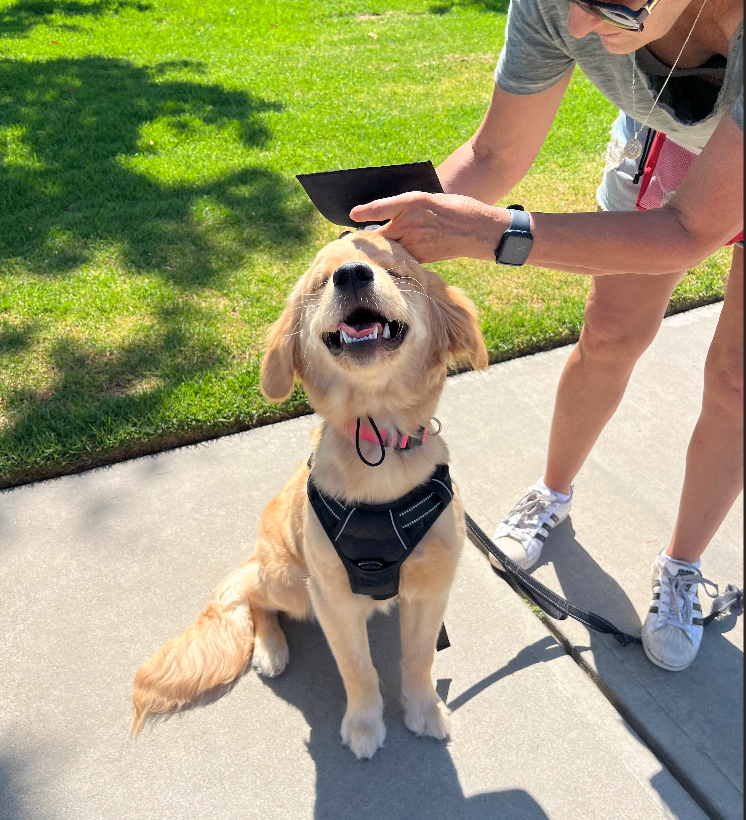
How Long Does It Take to Train a Service Dog? A Realistic Timeline
If you’ve decided to train your dog to become a service dog, you might be wondering: how long does it actually take? The answer isn’t as simple as a set number of weeks or months—there are a lot of factors that can affect the timeline. But don’t worry, I’ll break it down for you so you can get a better idea of what to expect.
The Basics: It’s Not an Overnight Process
Training a service dog is a huge commitment that requires time, patience, and consistency. While there’s no one-size-fits-all answer, a typical service dog training program can take anywhere from 1 year to 3 years, depending on a few key factors. Yes, you read that right—service dogs are highly trained professionals, and this isn’t a rush job!
But don’t let that overwhelm you. This timeline isn’t about constantly drilling your dog with commands for hours every day; it’s about developing a strong relationship, building trust, and teaching skills gradually. Let’s dive into the breakdown of what you can expect.
1. The Puppy Phase: Setting a Strong Foundation (2-6 months)
If you’re starting from the very beginning with a puppy, the first 2 to 6 months will mostly focus on laying the groundwork. This is when your dog will learn basic obedience like sit, stay, and come, but just as importantly, it’s when they will start to develop good socialization habits. During this phase, it’s important to expose your dog to a wide range of people, environments, and experiences.
Why this matters: Socialization is crucial. A service dog needs to be calm and confident in all kinds of situations, whether it’s in a crowded store or on a bus. The more your puppy experiences early on, the more equipped they’ll be to handle real-life situations.
2. The Foundation Training: Building Skills (6-12 months)
Once your dog has mastered the basics, you’ll move on to more advanced training. This phase includes reinforcing obedience skills, practicing impulse control, and introducing more complex commands.
At this stage, your dog should be able to handle distractions, remain calm in public settings, and follow commands reliably. Keep in mind that every dog learns at their own pace, so some may move faster than others. It’s about consistency, repetition, and ensuring your dog is both mentally and physically prepared for the next level of training.
Why this matters: The foundation of obedience and self-control is essential for a service dog to be effective. Without it, even the most well-trained service dog can struggle to perform tasks in public.
3. Task-Specific Training: Tailored to Your Needs (9-24 months)
If you’re working with a specific task in mind—like guiding, alerting to seizures, or providing emotional support—this is when the bulk of that training will take place. The task-specific phase can take anywhere from a few months to a year, depending on the complexity of the task and your dog’s learning style.
Why this matters: Service dogs are trained to help with specific needs, so this stage will vary greatly depending on the type of assistance your dog needs to provide. The more focused you are on the specific task, the better.
4. Public Access Training: Bringing It All Together (12-24 months)
Public access training is one of the final steps in the process. This is where your dog practices working in real-world environments like restaurants, stores, or public transportation. They need to be able to stay focused, calm, and perform tasks without being distracted by their surroundings.
While this training phase overlaps with the task-specific training, it’s often done last because your dog needs a solid foundation of obedience and socialization before handling these challenging public spaces.
Why this matters: Public access training ensures your dog can behave appropriately in any situation. It’s one of the final pieces of the puzzle in preparing them for service work.
5. Ongoing Training: Keeping the Skills Sharp (18 months +)
Even after your dog has completed all their training, it doesn’t end there. Service dog training is a lifelong process, and consistent reinforcement is key. You'll need to continue practicing tasks, maintaining public access skills, and adapting to any changes in your dog’s behavior or health.
At this stage, your service dog will have most of their training under their belt, but you’ll still work together to keep things sharp.
Why this matters: Service dog training doesn’t stop just because your dog is doing well. Like any skill, it needs to be maintained over time.
So, How Long Does It Really Take?
Realistically, you can expect anywhere from 1 year to 3 years to train your service dog, depending on their age, breed, temperament, and the complexity of the tasks. If you’re just getting started with a young puppy, it’s best to plan for a longer timeline.
The Struggle Is Real, But You Don’t Have to Do It Alone
Training a service dog can be a challenging process, and it’s easy to get overwhelmed. There’s a lot to manage—ensuring your dog learns the right skills, staying patient during the ups and downs, and making sure you’re equipped with the right knowledge. But here’s the thing: You don’t have to do it all alone.
At Tasking Tails, we specialize in virtual service dog training, so we can guide you through every step of the process. From teaching basic commands to task-specific training and public access, we’re here to help you and your dog succeed. Let us provide the expertise, support, and structure you need to stay on track and reach your training goals.
Service dog training may take time, but with the right guidance and dedication, it’s completely achievable. Don’t hesitate to reach out—we’d love to help you and your dog build a partnership that will change both of your lives!


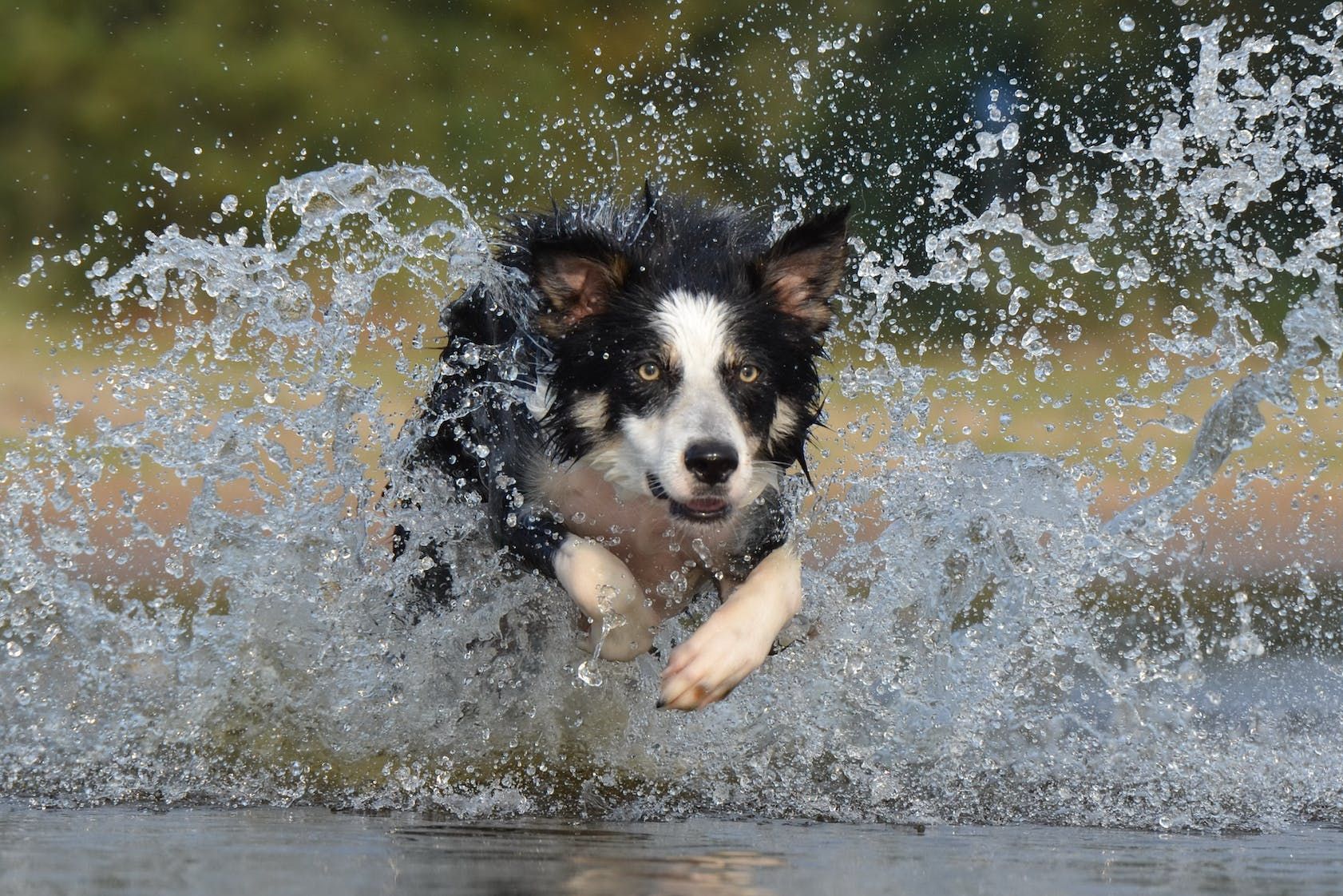

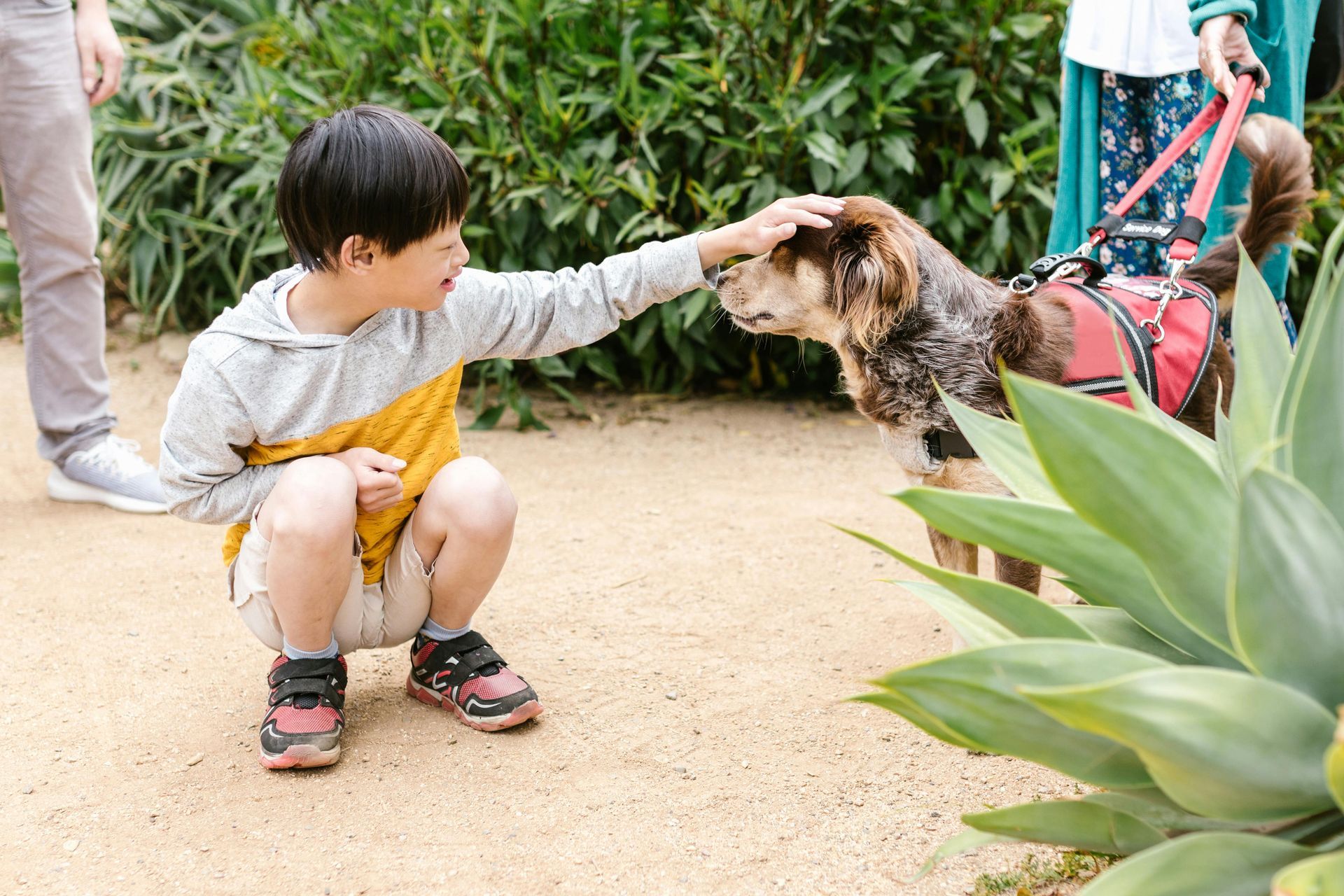
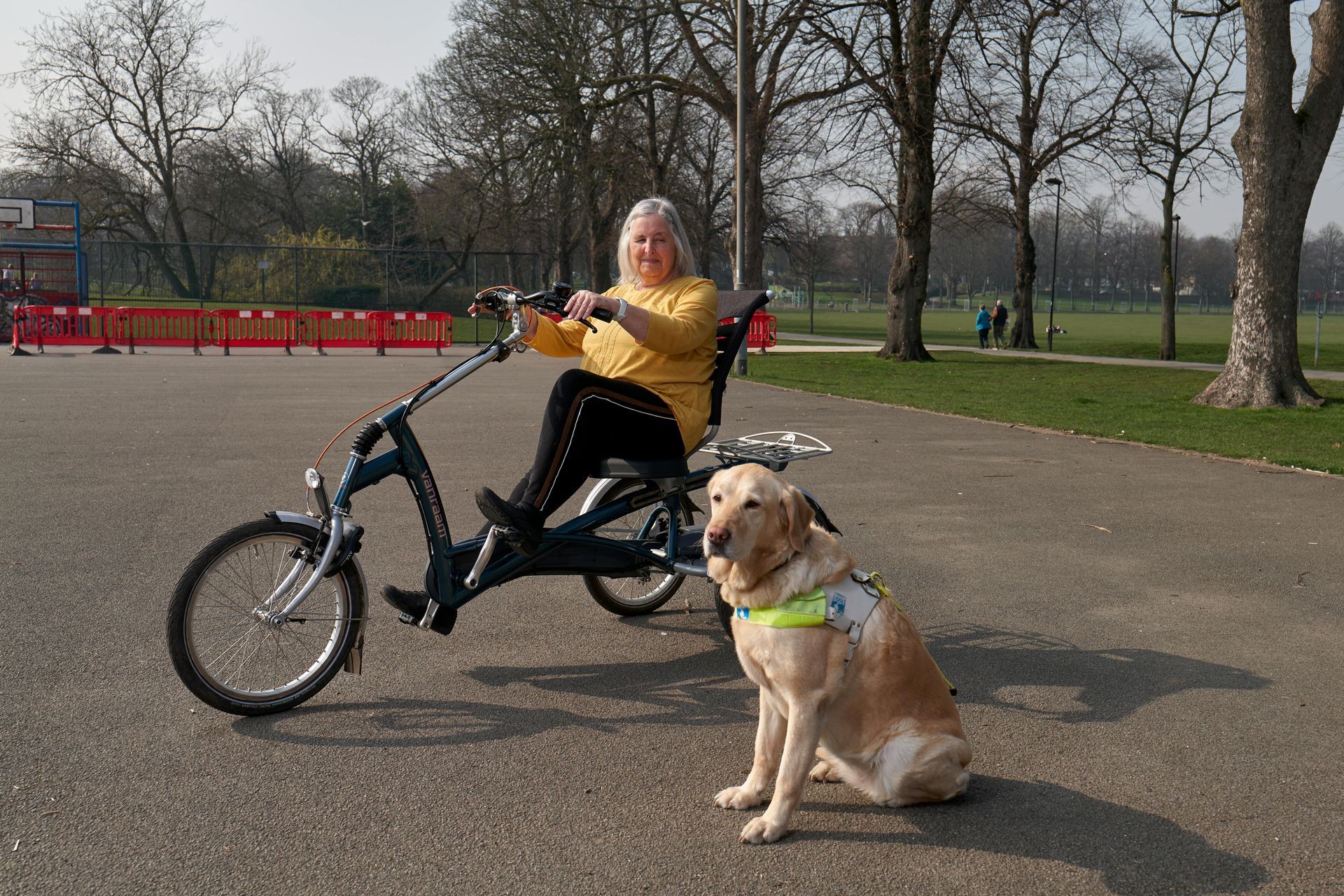
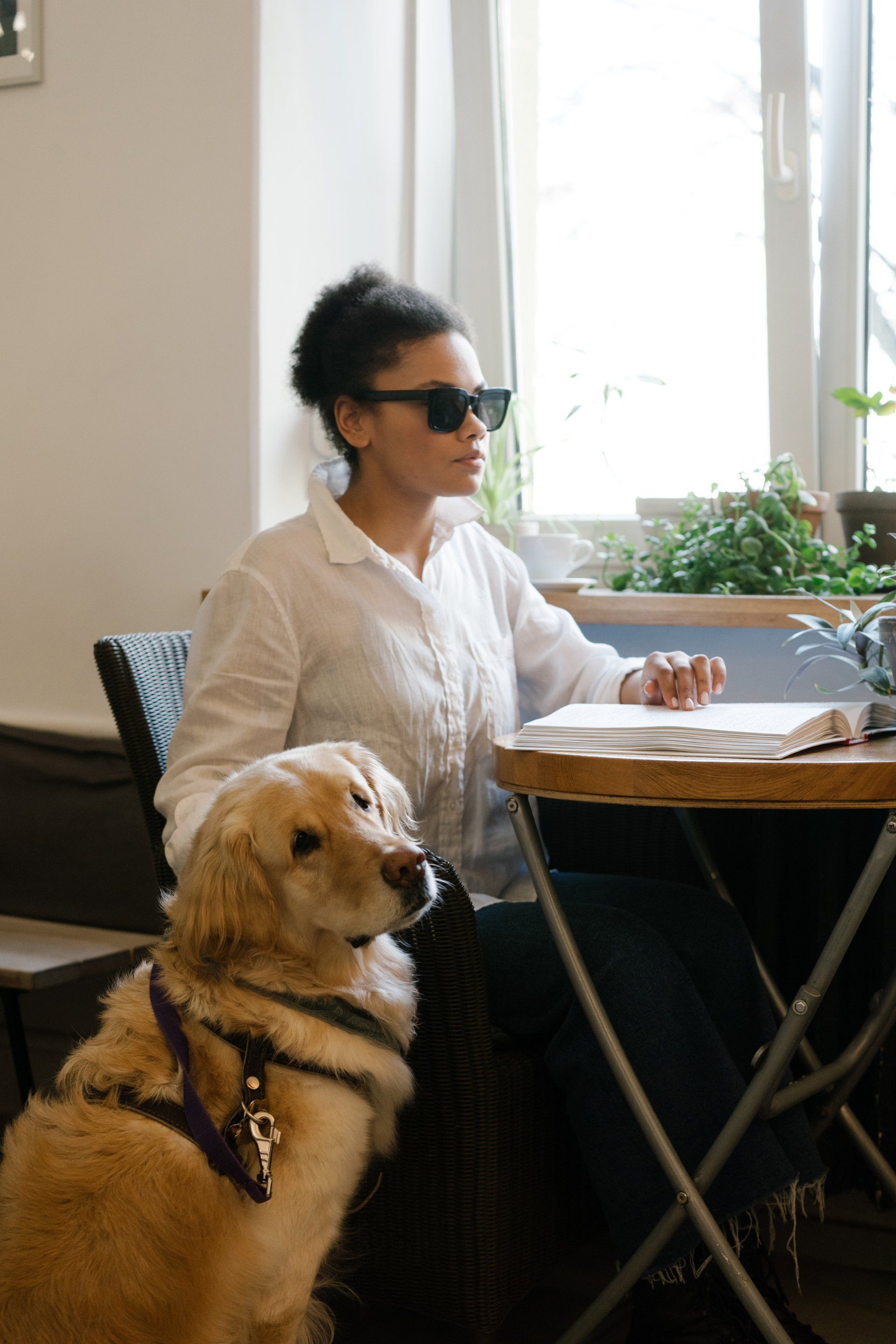

Our proven training methods are designed to fit your unique needs, so you can focus on what truly matters:
- ✅ A dog that listens in public, even with distractions.
- ✅ A reliable partner who can actually perform life-changing tasks.
- ✅ The confidence that you’re doing everything the right way.
This Training Is
for You If...
- You’re serious about training a reliable service dog.
- You want expert guidance but need flexibility in your schedule.
- You’re struggling with obedience, task training, or public access skills.
- You need a clear, structured training plan to follow.
If this sounds like you, you’re in the right place.
This Training Is
NOT
For You If...
- ❌ You’re looking for a quick-fix solution—training takes dedication and patience.
- ❌ You don’t want to actively participate in your dog’s training.
- ❌ You need a fully trained service dog provided for you.
- ❌ You don't have a disability recognized by the ADA.
Online Service Dog Training
Let's Train Your Service Dog!
- 🔹 No more confusion.
- 🔹 No more wasted time.
- 🔹 Just real progress, real results, and a service dog you can truly rely on.
Don't Miss Out! Free Consults Are Ending Soon
Free Consultations Are Ending Soon!
We will get back to you as soon as possible.
Please try again later.

CONTACT US
Phone: (480) 879-5686
OUR LOCATION
Serving People with Disabilities Nationwide
All Rights Reserved | No Paws Like Home: Tasking Tails Terms | Policies | Disclaimer | Template from Make It As A Dog Trainer | Hosted by Makena Creative
